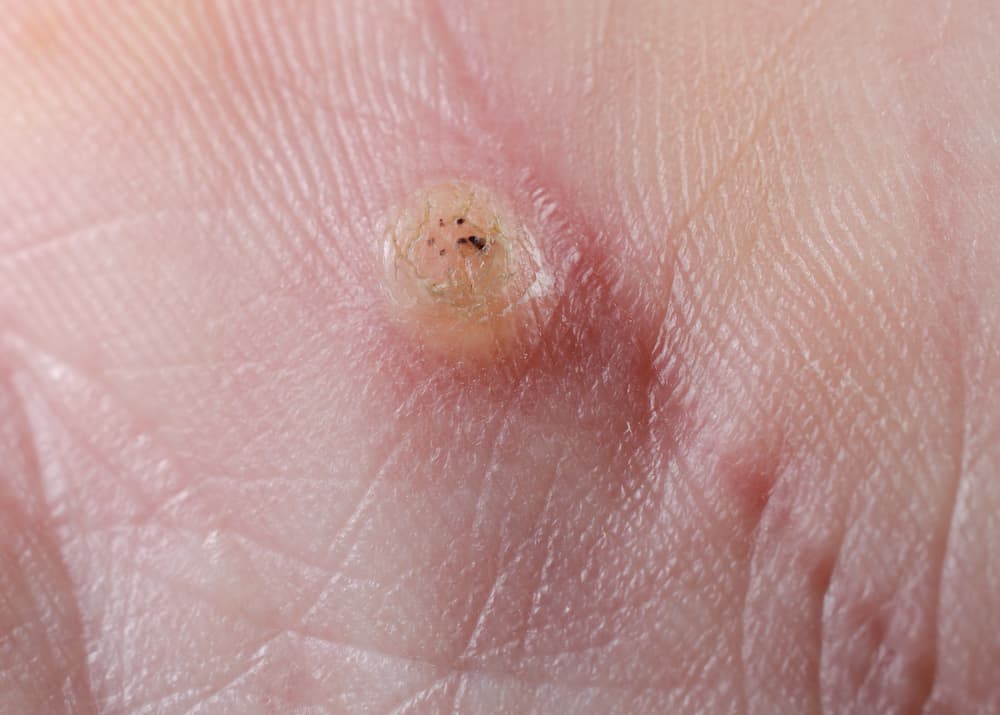Contents:
Medical Video: Treatment of Bile Duct Injuries
A few years after cancer treatment, the child may experience health problems. This disorder can harm the organs, tissues and bones of children and can even trigger serious health problems for life. In the case of liver cancer, this delayed effect generally attacks the liver and bile ducts.
Delayed effects are not only caused by the treatment of liver cancer, but can be caused by other cancer treatments in children. Because each child underwent a different cancer treatment, the delayed effects that appear will also vary. Several factors that can affect a child's risk include:
- Age of child when getting treatment
- Overall child health condition before undergoing cancer treatment
- Genetic factors (risk of certain health problems inherited from parents)
Some types of treatment have a higher risk of delayed effects, such as surgery, chemotherapy, and radiation therapy. Generally, some of the delayed effects that might occur are:
- Liver performance disorders
- Gallstones, in the form of small and hard deposits in the gallbladder or painful bile duct
- Benign liver lesions
- Hepatitis B or C infection
- Liver damage caused by interference with the liver
- Liver fibrosis, abnormal growth of connective tissue in the liver, or cirrhosis
- Fatty liver with insulin resistance
- Tissue and organ damage due to additional iron buildup after many blood transfusions
To find out if there is a delayed effect, observe certain signs and symptoms in the child, such as a drastic increase or weight loss, the child feels nauseous or vomiting, reduced appetite, yellowing of the skin, or abdominal pain. If the child complains of these symptoms, contact your doctor immediately to get further treatment.
In some cases, abdominal pain can be a sign of secondary cancer (cancer that spreads to different parts of the body) or new primary cancer (cancer that starts from the liver and bile ducts).
If your child has these symptoms, immediately take them to the doctor. Some tests can help diagnose the delayed effects of the liver and bile ducts, including:
- Physical examination and medical records: The pediatrician will check for abnormal signs such as a lump in the stomach
- Blood tests: Blood tests can be used for various purposes, such as checking the number of hormones and chemicals in the child's body, checking the level of ferritin (a protein that binds iron and storing it for use by the body), checking blood clots and diagnosing hepatitis viruses
- Imaging scan: Ultrasound, MRI or CT scan is used to diagnose abnormalities in the child's organs
- Biopsy: Removal of liver cells or tissues as samples to be examined under a microscope
Of course, no parent wants their child to experience delayed effects. However, if it turns out that the child has a medical disorder after cancer treatment, discuss with the doctor about tests and procedures to check for signs of delayed effects that attack the liver or bile duct. If the child does need a test, make sure you know how often the test must be done.












